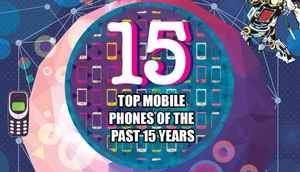
Here’s a look at the most unique phones of the past decade that defined our mobile addiction.
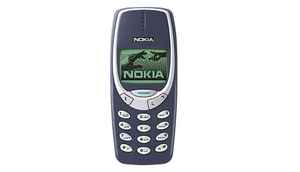
Nokia 3310
You remember the Nokia 3310, don’t you? Those who had this, haven’t been able to break or destroy it yet. Moreover, the Nokia 3310 was full of incredible features for its time, the best of which is of course, Snake! Nokia sold some 126 million units of this phone, and it was followed by the Nokia 3315, another iconic device.
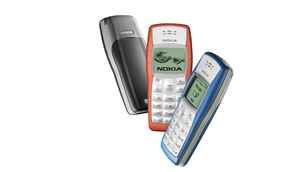
Nokia 1100
If smartphone OEMs are indeed yearning for better battery life, this is the phone to look for. The iconic device was one of the best in that respect. Nokia launched this phone, back in 2003, and Wikipedia says it has since sold 250 million units of this. It may not actually have sold as much, but it was still popular.
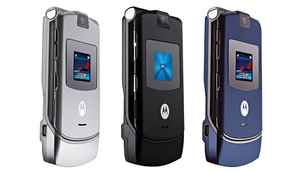
Moto Razr V3i
On a personal note, would you disagree if we called this the best looking phone ever made? The Razr V3i had 8x digital zoom, which was kind of a big deal at the time. You could also add an external SD card upto 1GB.
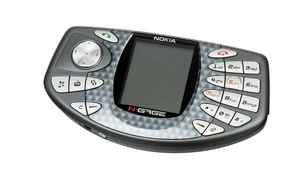
Nokia N-Gage
The Nokia N-Gage and N-Gage QD weren’t very successful products, but they are iconic for being the original phone for gamers. The N-Gage gave rise to the N-Gage platform, which was later used in the Nokia N81 smartphone, based on its own Symbian OS. We know of many, us included, who still remember this phone, fondly.
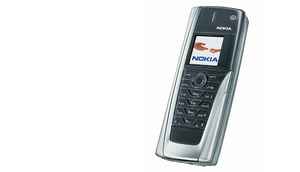
Nokia 9500
From gaming to business, Nokia once had a phone for everyone. If the 1100 and 3310 were consumer devices, and the N-Gage a gamer’s, then the 9500 Communicators, were meant for the business user. Equipped with a QWERTY keyboard, this wasn’t a device you buy for entertainment, although, it allowed plenty of that too. In fact, Nokia took its time to launch this one, but when it did, competitors were nowhere close.
A defining phone in everyone’s Nokia handset journey, the 9500 Communicator was a trend-setter in so many ways, not least in its high productivity quotient. No phone came close to matching its prowess and unique allure. And combine it with the wide availability of the device, it was bound to be a sensational hit for everyone thirsty for a distinctive phone.

Nokia 6600
This odd looking device is perhaps the best known Nokia phone in India, after the 3310 and 1100. Symbian was slightly sluggish, but it had a decent camera for its time. It had an integrated voice recorder, supported Bluetooth connectivity, and an IR port. It had enough options for the tinkerers to enjoy it, and a personality that made others notice it too.
We remember a lot of college kids using flaunting this phone for its multimedia and productivity capabilities, back in the day. It’s a special phone from a special era can’t be forgotten.
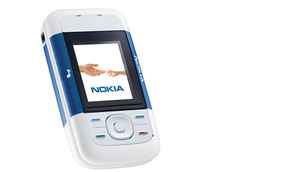
Nokia 5200
This funky looking smartphone was aimed specifically at youngsters, and current OEMs, launching phones for the young ‘uns could learn so much from it. It was comparatively cheaper, and being a music device, had a dedicated button for playback on the side. The 5200 was somewhat bulky, but its small form factor helped you ignore that aspect.
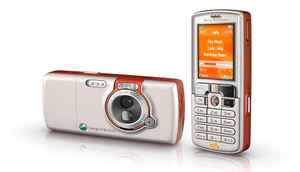
Sony Ericsson W800
Music phones, like the 5200, that Nokia launched, were meant to counter Sony Ericsson’s Walkman series. The W800 was the first one, and it wowed a lot of people. It had a fully functional MP3 player, and delivered great sound quality for its time. There was also a great camera to boot!
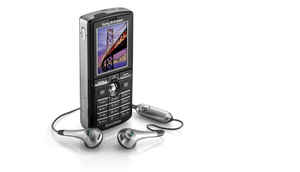
Sony Ericsson K750i
When 2MP primary cameras were a big deal, the Sony Ericsson K750i had the best one. At its time, this was the only phone that a camera enthusiast would have appreciated. It took great photos, and used some of the features from the Walkman series, to deliver good sound as well.
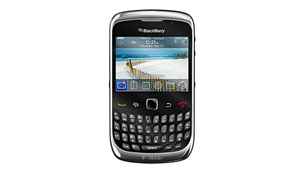
BlackBerry Curve
They’re all but done with smartphones now, but BlackBerry had a big role to play at a time. The Curve took the business-focused BlackBerry phones, to the masses. It had a dedicated button for the company’s, then popular, BBM Messenger, and the trademark QWERTY keyboard, that many still love, and miss. Will the golden BB era ever fully return?
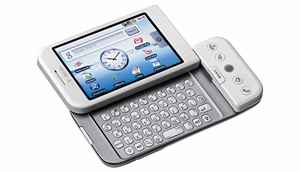
HTC Dream
This is where it all started for Android. Google bought a company called Android Inc, back in 2005. A few years later, the Search giant launched its first phone, called the Google G1, which was better known as the HTC Dream. Being the first phone to run Android, it kick started the revolution. And the rest, as they say…is history. Effectively, this was the first Nexus ever.
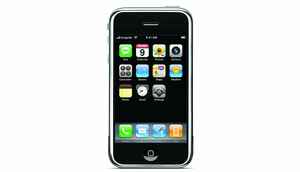
iPhone
To many, writing the word ‘iPhone’ simply means Apple’s entire phone portfolio. But, we’re talking about the first iPhone. Why? Because it is the reason you have the phones you use today. It was a phone that an entire industry tried to replicate and ‘copy’. Today, when Tim Cook is gallivanting around India, one must look back to the phone that started it all.
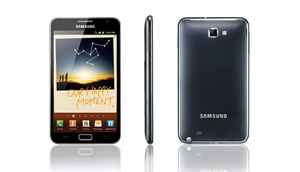
Samsung Galaxy Note
What the iPhone was to smartphones, the Galaxy Note was to phablets. The Galaxy Note reintroduced styluses for touch screen devices, and created an entire category within smartphones. While we expect the Galaxy Note 6 in a few months, this imperfect phone, is one of Samsung’s biggest contributions to the smartphone market.
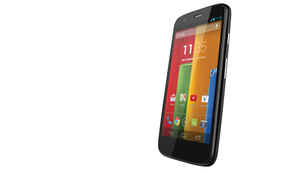
Moto G
At a time when a good smartphone usually meant spending tons of cash, the Moto G changed the game. Motorola took the market by storm with this Snapdragon 400-powered wonder. It didn’t put a huge dent on your pocket, and performed like a phone well beyond its price range. When we say today, that the sub-15K market is uber competitive, it is because the Moto G made it so.
Even now, after four generations of the device, the Moto G series hasn’t really lost its appeal in the eyes of the customer. It still continues to go strong, from strength to strength.
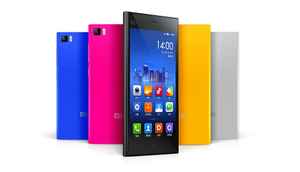
Xiaomi Mi 3
While this phone sold in India for a few weeks, it is relevant for two reasons. The first, because it put Xiaomi on the map in the Indian context. Second, and more importantly, because it pushed every other OEM to up its game. The Xiaomi Mi 3 was a Nexus 5 at the price of a Moto G, and that’s saying something!
This article was first published in our 15 year Anniversary Special June 2016 issue of Digit magazine. To read Digit's articles first, subscribe here or download the Digit e-magazine app. You could also buy the Anniversary Special June 2016 issue here.